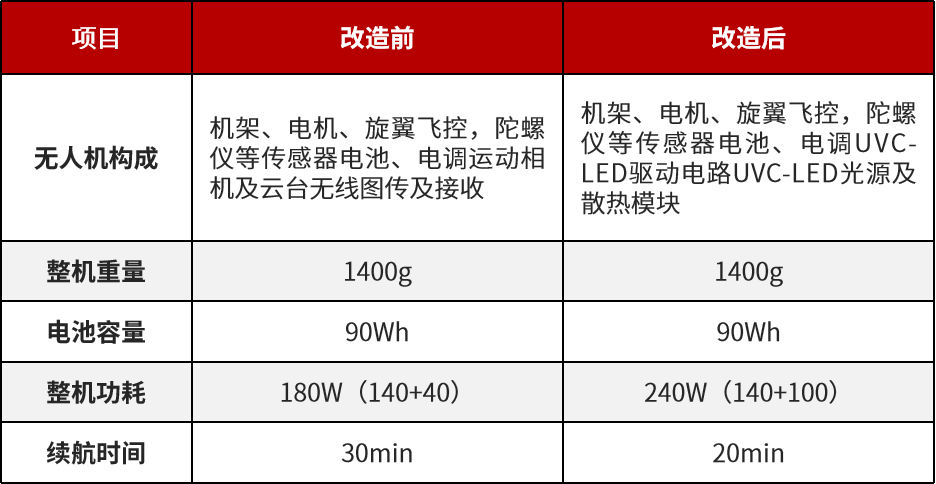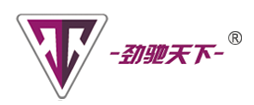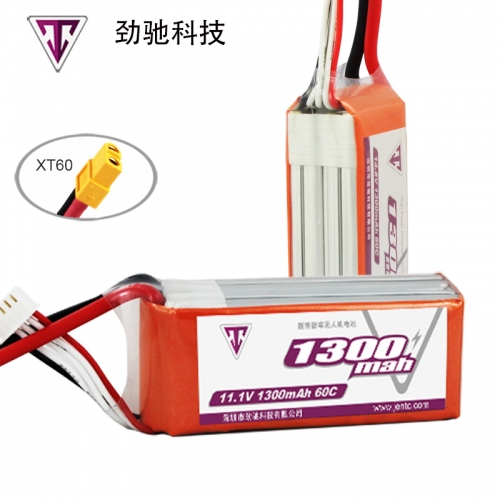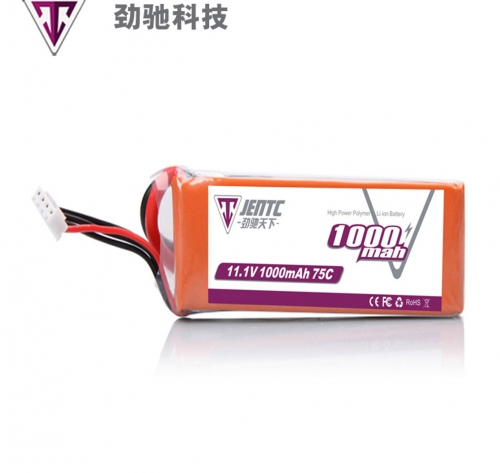Flying drones have always been a hot spot in recent years, from the initial aerial photography to drone lighting, drone ranging, drone greetings, and all kinds of bells and whistles.
Recently, a Korean designer has brought a new concept, a UVC-LED drone for disinfection of subway stations.
As soon as the news came out, small partners in the industry talked: "When our UVCLED application was still in various boxes and drinking fountains, others had already played it." Is this new application scenario whimsical or feasible?
In fact, it is not the first time that such a seemingly stunt product has appeared in the industry.
In 2017, when NIKKISO announced a UVC-LED water sterilization module with a flow rate of 120LPM, many people thought that this was just a vase to show the strength of research and development, and the high price could persuade the deceased.
However, the latest information shows that after continuous optimization and one year of field experiments, this product has opened a breakthrough from the sterilization of aquaculture water, and is moving towards the field of water sterilization in factories and swimming pools.
The reason is simple: this product captures the raw food market of the Yamato people who love aquatic products, and the need to sterilize the market during aquaculture. It solves the pain points of traditional mercury lamp water sterilization products: rising water temperature affects the pH of the water and thus affects aquatic products Taste, reacts with seawater minerals and scales on the surface of the glass, which affects the use.
The same performance and life cycle cost as the mercury lamp, better aquatic product sales and lower maintenance costs, are the intuitive manifestations of its economic benefits.
For the drone in front of me, I will also make a simple analysis from the three aspects of solving pain points, technical feasibility, and economic benefits. I hope to be able to start thinking and think together with everyone.
01 One product solves three pain points
The current disinfection method for subway stations is as follows:
• For indoor air, ventilation and filtration are mainly used to improve air quality. Part of the station hall air-conditioning system uses medium-efficiency filtering equipment based on high-voltage static electricity, and the air-conditioning system needs to be cleaned, disassembled, washed and disinfected on a regular basis.
• For key positions such as handrails, seats, ticket machines, escalators, etc., which are frequently touched by the human body, manual spraying or wiping of disinfectant is required. The disinfectant has a rapid and long-term killing effect on various pathogenic bacteria, and is not corrosive to the facilities in the carriage.

Current disinfection methods in subway stations
The above disinfection methods have the following pain points:
• Excessive reliance on mechanical ventilation. Air circulation sterilization is based on the principle of dilution, coupled with the existence of dead corners with poor ventilation, harmful microorganisms are difficult to completely remove in a short time.
• The speed of microbial reproduction is often greater than the speed of killing. The propagation and reproduction of viruses and bacteria are closely related to temperature and humidity. The environment in the station is suitable for the growth of most pathogens, and the air duct of the air conditioning system becomes a breeding ground for microorganisms. The ventilation system originally used for sterilization has become a tool for spreading germs.
• Lack of the ability to quickly and safely respond to emergencies such as outbreaks of malignant infectious diseases.
The subway station hall needs to introduce one or more disinfection methods to deal with the above risks. The UVC-LED disinfection drone is a good choice:
• The introduction of this more targeted disinfection method can ensure the disinfection effect even when the ventilation is not smooth or there are dead corners. The increase in sterilization rate can effectively inhibit harmful microorganisms that multiply rapidly.
• Suitable for surface disinfection of key locations, non-toxic side effects and odor residues, without manual intervention, can achieve a lot of repetitive labor during the subway outage. Through path planning, the coordinated operation of multiple drones can be realized to disinfect the entire space without dead ends.
• A safe emergency response method. UVC-LED has a highly effective killing effect on high-risk infectious viruses such as SARS, MERS, and influenza. In an emergency, drones can bear the brunt of entering the space where high-risk viruses may exist for observation and disinfection at any time. In order to prevent the spread of the virus, the drones can be concentrated in designated locations for destruction after the mission is completed.
South Korea has a high subway coverage rate and a high density of subway stations. The previous outbreak of MERS even disinfected the whole city, and there was a lot of rumors. It is believed that they are thinking more and more urgently than Chinese people in seeking new sterilization methods in public places. One product of UVC-LED disinfection drone solves three pain points at the same time, which cannot be achieved by other disinfection methods. From this point of view, the emergence of this concept is not groundless.
02 Light source efficiency and endurance have become bottlenecks
As the carrying platform of the sterilization module, the performance of the drone is closely related to the sterilization effect. UVC-LED light source modules need to be matched with corresponding heat dissipation and power supply modules, which have certain requirements for the load and power supply capacity of the UAV. I used a well-known domestic brand four-rotor aerial drone with a take-off weight of 1400g as the object of modification to evaluate the sterilization ability.
It is assumed that the weight of the whole machine remains unchanged after replacing the original shooting and image transmission module with the UVC-LED sterilization module. However, due to increased power consumption, battery life needs to be reassessed. The UAV has a battery capacity of 90Wh and a battery life of 30min. That is, the power consumption of the whole machine is about 180W. After removing the shooting and image transmission module, the power consumption of the UAV rotor motor and flight control system is about 140W. The power consumption of the newly added UVC-LED sterilization module is calculated according to 100W. The total power consumption of the modified UAV is 240W, and the battery life is shortened to 20 minutes under the condition that the battery does not change the take-off weight. The comparison before and after the transformation is as follows:

Comparison of parameters before and after UAV transformation
Regarding the location of the UVC-LED light source module, since the center of the drone is a gathering place for batteries, flight control equipment and various sensors, it is obviously not suitable for placing the light source module. In the concept picture, it is better to install the light source modules dispersedly near the four rotors. While dispersing the heat source, the wind flow of the rotors can also help dissipate heat. In addition, this design also helps increase the range of illumination and light uniformity.
The wheelbase of this UAV is 350mm, and the size and installation position of the 4 UVC-LED light source modules are shown in yellow as shown in the figure below. Calculated according to the photoelectric conversion efficiency of 4%, the light power of each light source module is 1000mw, the light output angle is 30 degrees, and the light transmittance of the air is calculated according to 80%/m. The optical simulation shows that at a distance of 1 meter (the bottom receiving surface), the illuminating area is 0.65 square meters, and the average light intensity is 0.5 mw/cm2.

UVC-LED light source position and lighting simulation effect
Peer research shows that under the same 99.99% killing rate, common influenza virus and MRSA virus require UV doses of 7mJ/cm2 and 18mJ/cm2, respectively. If influenza virus is used as the disinfection standard, an unmanned aerial vehicle can disinfect about 1 cubic meter in 15 seconds, and an unmanned aerial vehicle can disinfect 80 cubic meters of space within its flight time. An ordinary subway station hall is calculated based on an area of 10,000 square meters and an average height of 5 meters, and 600 drones need to be dispatched to achieve full disinfection of the entire subway station.
Assuming that the WPE of the UVC-LED light source is doubled, the drone's life time is doubled, and the sterilization effect is appropriately reduced, the number of drones used for sterilization in a subway station hall is expected to drop to less than 100.
In summary, the UVC-LED disinfection drone is technically feasible, but the current sterilization space of a station is very stressful for it, and perhaps a ward is more suitable for it.
03 Space sterilization method that saves electricity and does not save money
In order to ensure indoor air quality, ventilation equipment in subway stations has been in operation for many years. With reference to the ventilation modes in the table below, the power consumption of the ventilation equipment in the subway station during the outage period is also 6.6kW, and as the operating time increases, the power consumption will increase year by year.

Energy consumption of subway air-conditioning and ventilation equipment
With the existing technical capabilities, a total of 600 vehicles are needed to sterilize a subway station hall with UVC-LED drones, and the total power consumption is 5.4kWh. As the efficiency of the light source increases, this value will continue to decrease.
It is not difficult to find that UVC-LED UAV is a more efficient and energy-saving way of sterilizing subway space, but at this stage, this power-saving method does not save money.
With the future improvement of UVC-LED efficiency, the advancement of battery materials, and even the combination of wireless charging technology, the number of drones required for space disinfection can be greatly reduced. In addition, the drone can also perform part-time security monitoring while sterilizing, and assist in manual inspection of hidden dangers in carriages and railway facilities. Only then can this concept produce real economic benefits.
South Korea pays attention to the application of UVC-LED in public places. Before, there were disinfection products for elevator handrails, and now there is a cross-border integration of new disinfection light sources and drones. Regardless of whether these concepts can be realized in the end, this way of thinking is worthy of our reference.
UVC-LED applications have gone beyond the LED industry, we should get out of the original circle and have more tea with friends in other industries. Who knows next time UVC-LED will be integrated into the computer case of an Internet cafe, or in the pocket of a food delivery robot?
I'm not afraid of not being able to do it, I'm afraid of not thinking about it, I hope everyone can tap potential products.
Disclaimer: This article comes from: China LED Online. The information reproduced by this website from other media, the purpose of reprinting is to convey more information, and it does not mean that this website agrees with its views and is responsible for its authenticity. If there is a copyright issue, you can contact us to delete it directly. Thank you!
Jinchi Technology is a professional provider of UAV fast lithium batteries and high-voltage UAV batteries!











